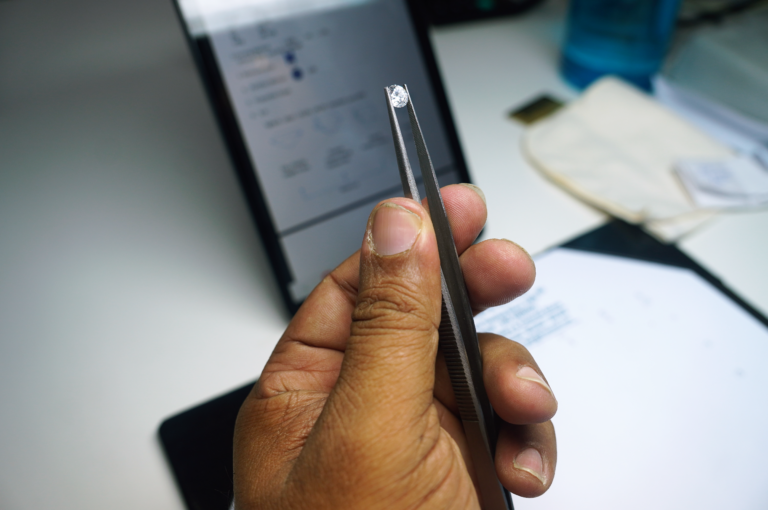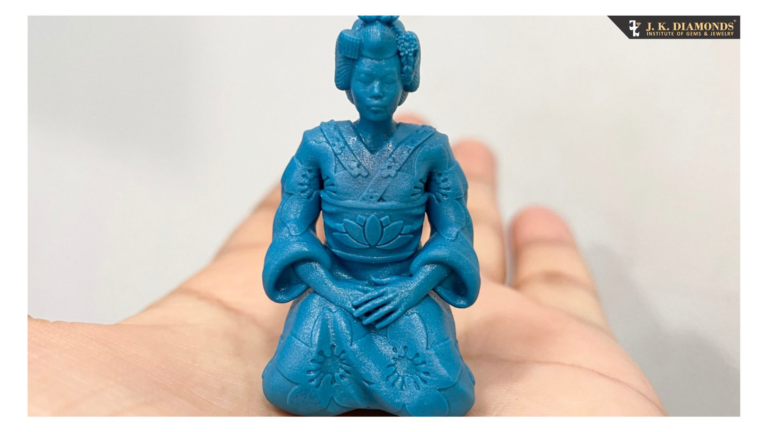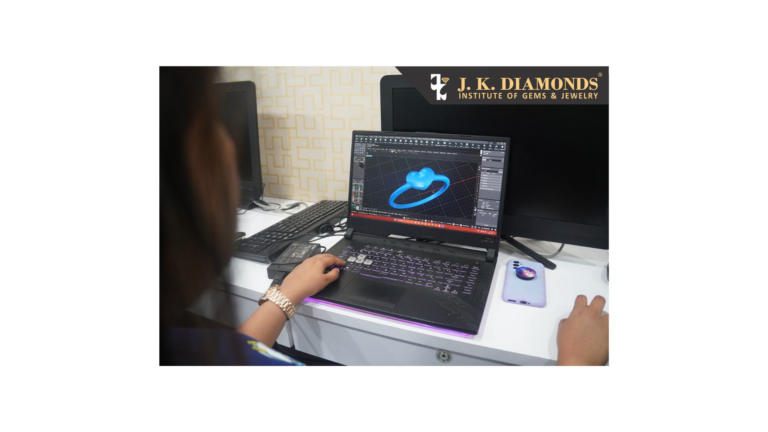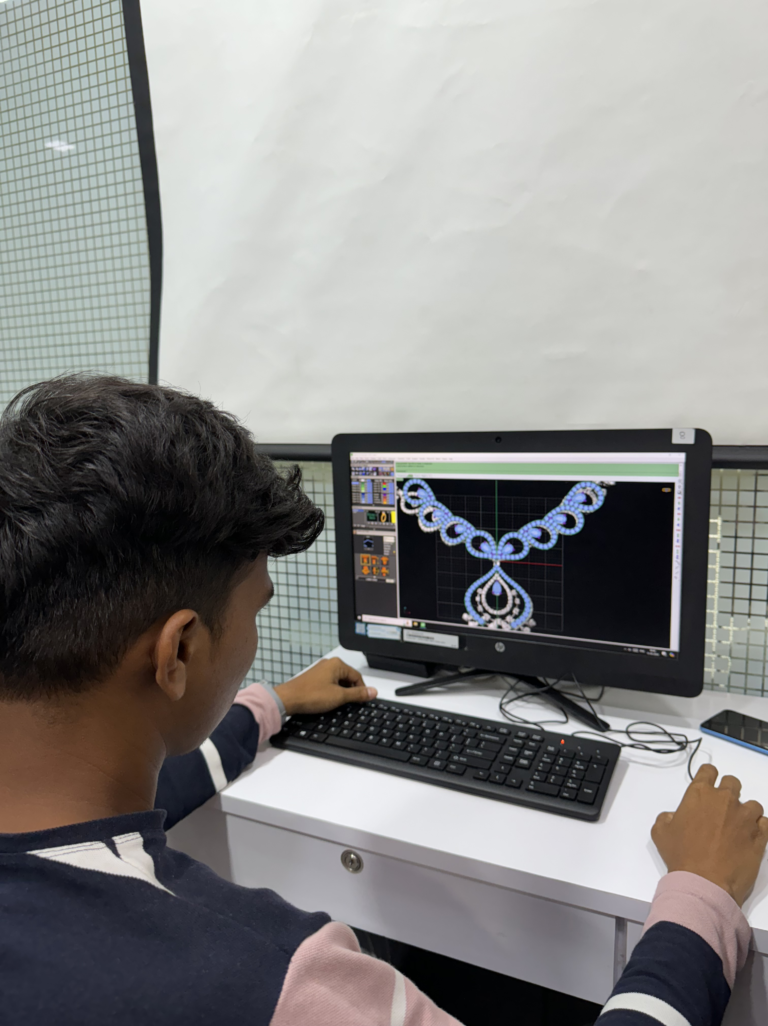Peridot
The word peridot comes from the Arabic “faridat,” which means “gem.” Most peridot formed deep inside the earth and were delivered to the surface by volcanoes. Some also came to earth in meteorites, but this extraterrestrial peridot is extremely rare, and not likely to be seen in a retail jewelry store.

Did Cleopatra wear Peridots thinking they were Emeralds?
Seems like the great queen of Egypt was muddled by the rich green colour of the stone.
But you’re going to be clear when choosing your Peridot.
Let’s tell you all about Peridot-
Belonging to the olivine group of minerals, this green oily lustrous August birthstone – also called ‘evening emerald’, refers to green gem quality olivine. They get their color from iron, an important element of their chemical composition. In peridot, ferrous iron (Fe2+) creates green, while ferric iron (Fe3+) creates yellow.
Traces of chromium (Cr) in peridots don’t cause hue but may make the green color brighter. An iron content of just 12 to 15% in olivines creates the ideal peridot color, whereas higher levels create a “muddier” brown color.
History of Peridot
Often thought to be emerald, a high praise for peridot, it was highly prized in ancient times. Being the national gem of Egypt and the gem of the sun, historians are now in agreement that the emeralds Cleopatra wore, weren’t emeralds, but deep green peridots from mines in Egypt.
St.John, an Egyptian island in the Red Sea, is thought to have been the source of ancient peridots. Recent findings include sources like Burma (Myanmar), China, Afghanistan, and Pakistan, of large transparent Peridots.

Formation and Chemical composition
A mineral common in nature, peridots are found in igneous rocks, low in silica content. While the mineral peridot is fairly common in nature, rarely do they form crystals of interest to a gemologist. The only two ways gem-like crystals are created, are in cavities in an extrusive igneous rock and in contact metamorphism of sedimentary rocks containing composition of magnesium iron silicate..
Peridots are titled because it is of the finest quality. Medium to dark, slightly yellowish green, warm color. A level below in terms of quality, lies the Chrysolite – yellow-green to greenish yellow in color. Another one, is called Olivine, refers to dark yellow-green to brownish green to almost brown stones.
Several varieties of Peridots are available, prominent ones include the Burmese Peridot, famous for its availability in large carat cuts. Green Peridot, a generic name for most types of the gem. Hebei Peridot, from China, contains a distinctive chartreuse color, and yellow undertones. Changbai Peridot, also from China, mined in the Changbai province, and of the finest quality. Finally, the Vietnamese Peridot, which offers a variety of shades of green.
Beliefs
Always associated with light, peridot is titled as the “gem of the sun.” It is said that it protected its owner from the “terrors of the night”, when set in gold. It actually originates from the Arabic word “faridat”, meaning, “gem.”
Importance of birthstone in astrology
Mercury rules the cosmic green color of this stone, tied to the zodiac signs of Gemini and Virgo. Planet Mercury is said to enhance anxiety and indecisiveness. People lacking in rational thinking and logic should wear a peridot to nullify the effects of Mercury.
Peridots are known to increase energy and vitality, inducing a calming effect on the wearer. They reduce anxiety, provide protection against negative emotions, and are known to have a healing effect on the liver and the bladder.
Healing Benefits
Peridot, the birthstone for the month of August, is also given in celebration of the 16th year of marriage. Stone of compassion, Peridot is believed to bring good health, restful sleep and peace to relationships by harmonizing mental and emotional health. It is also believed to generate eloquence, creativity and positivity. It draws in love and calms anger.
Physical and Optical properties
Peridot is a silicate of magnesium and Iron, expressed by the formula (Mg, Fe)2 SiO4. Its crystallographic character is the Orthorhombic system. The crystal habit is prismatic, often flattened. Its hardness is 6.5 to 7 on Mohs scale.
It has a fairly distinct cleavage, with a conchoidal fracture. The specific gravity of Peridot lies between 3.32 to 3.48. It has a white streak, in green colored stones, and yellowish streaks inside dark colored stones. Additionally, it scores between a 1.65-1.69 on the refractive scale.
Demand and scope
The signature green enjoys a niche popularity, that’s rising to become a modern staple in the fashion world. Noted though, is a shortage of large pieces, which are always in demand with collectors and connoisseurs. With its ancient history, and placement as a birthstone, peridot has been a sought after gemstone.
Durability
Peridots are not very durable stones. They are fairly tough; however, they can be scratched easily. They need to be worn with care, hard blows, and high temperatures can cause it to fracture. They are easily attacked by sulfuric acid, less so by hydrochloric acid. Warm, soapy water is the best way to clean this gem.
Famous Peridots
One of the most famous peridots, is perhaps in the grand Cathedral of Saint Peter and Mary. The Shrine of the Three Kings, adorned with gold and more than 1000 gemstones, was thought to have emeralds, but they are in fact, peridots.

Identification of Peridots
The uniqueness of peridots in their structure, manifests in their color, which is one of the identifying markers. They do not change color in artificial lighting, or even in natural light. They are usually faked with glass or zirconia. Absolute perfection is impossible, even with this stone – it contains unique inclusions, absence of which indicates a fake.
Treatments
Peridots are usually untreated, their colors are remarkably consistent. Occasionally, they are treated with colorless oils, waxes, or resins to fill voids or surface fractures to improve appearance.
Pricing
Being exceptionally clear crystals, peridots are priced like any other gems – color, clarity, cut and carat weight. The highest valued ones don’t include any shades of yellow or brown – they are sparkling green. Carat pricing makes peridot comparatively affordable, until it weighs more than 3 carats, after which they rise in price considerably. They are available in many cuts – oval, cushion, emerald and more. Readily visible inclusions, especially dark spots, lower the value of peridots.




